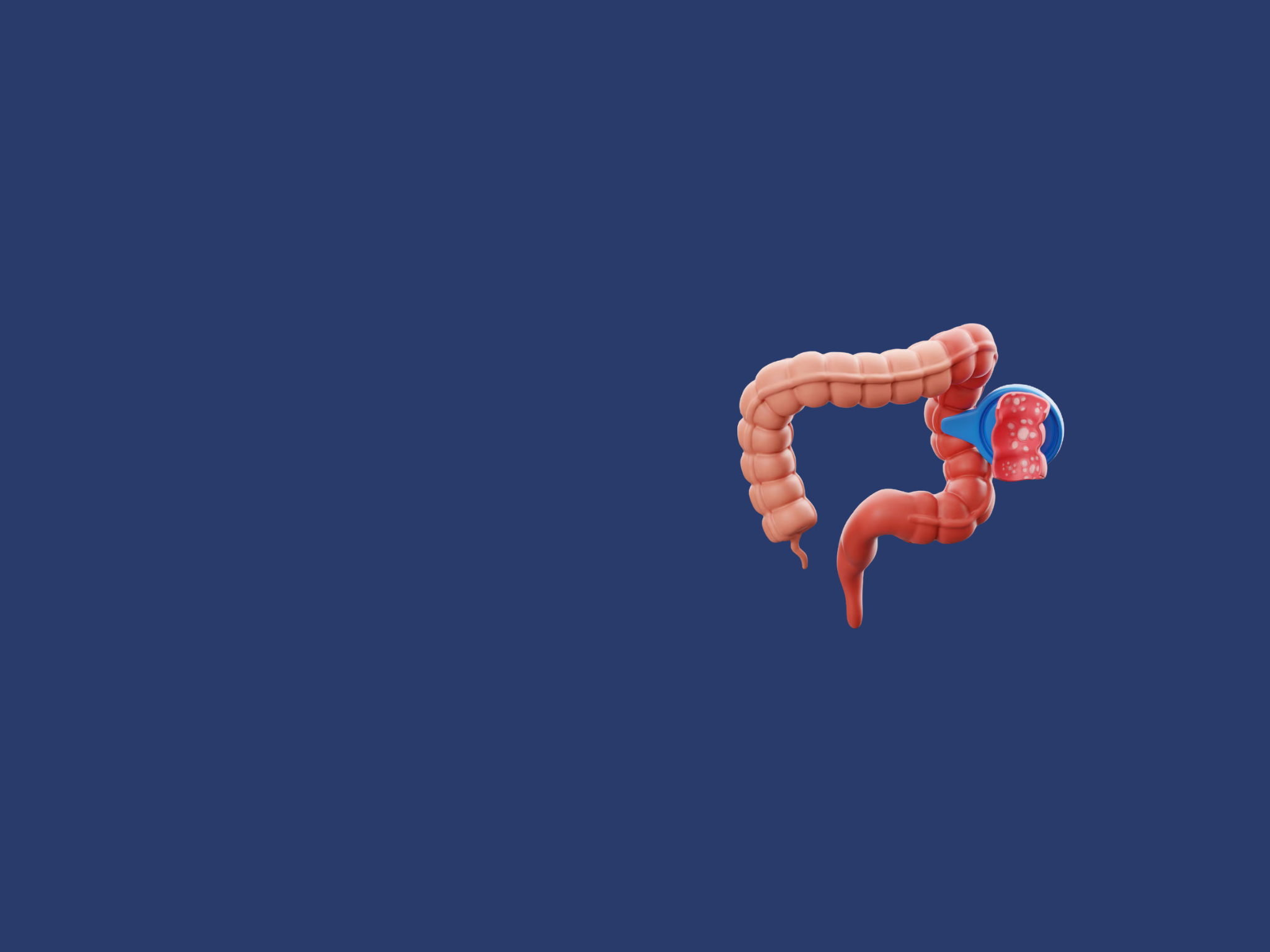
Perianal Diseases
Perianal disease is a common and clinically significant complication of Crohn disease.
What are the common conditions and Surgeries?
➤
Haemorrhoidectomy for Piles: Haemorrhoidectomy is a surgery to eliminate severe hemorrhoids (Piles).
➤
Lateral Sphincterotomy for Anal fissure: Lateral internal Sphincterotomy is an operation to treat an anal fissure, a tear in the opening of the anus that can cause pain, itching and bleeding. Anal fissures are brought about by spasm of the anal muscles and can cause anal pain that can be quite severe, typically during and after a bowel movement.
➤
Incision and drainage for abscess: During the surgery, the surgeon cuts into the abscess, to permit the pus to drain out. They may likewise take a sample of pus for testing. When the pus has been all taken out, the surgeon will clean the hole that is left by the abscess utilizing sterile saline.
➤
Fistulotomy/Fistulectomy: The most common sort of a procedure for anal fistulas is a fistulotomy. This includes cutting along the entire length of the fistula to open it up so it heals as a flat scar.
➤
Abdominoperineal Resection for cancer: An abdominoperineal resection (APR) is a medical procedure where the anus, rectum and sigmoid colon are taken out. This procedure is most frequently used to treat rectal cancers found extremely low in the rectum.
➤
Permanent Colostomy or Ileostomy for Inoperable Cancer
➤
Piles: dilated and tortuous veins in wall of anus formed because of constipation. Usual presentation of patients is painless bleeding per rectum during defecation. It can be managed with lifestyle or dietary modification and some require surgery like banding, stapler, laser or open haemorrhoidectomy
➤
Fissure in ano: A anal fissure is a small tear in the thin, moist tissue (mucosa) that lines the anus. It very well may be managed with lifestyle and dietary modification and a few patients require operative intervention like sidelong Sphincterotomy.
What are the Common Causes?
➤
Piles
➤
Fissure
➤
Fistula
➤
Abscess
➤
Cancer
➤
Polyps
➤
Trauma
What are the Common Symptoms?
➤
Bleeding per rectum during passage of stools
➤
Pain during passage of stools
➤
Swelling in perianal area
➤
Pain in perianal area
